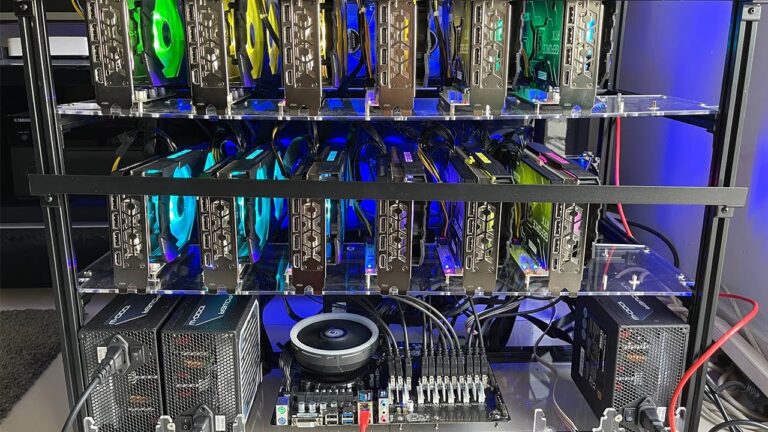Cloud computing has been talked about as the next big thing in the enterprise for a number of years now. In fact, the majority of businesses are now adopting cloud technology and finding that it saves them money.
Right now, though, we’re really at just the infant stage for where cloud computing can take us. By the year 2020, the global personal cloud market is expected to top almost $90 billion (£58.5bn) in revenue.
A New Generation of Businesses
By this time, there will be a new generation of businesses that are reliant on the cloud. The economics of cloud computing have allowed innovative companies to create products that, without it, simply wouldn’t have been possible or would have been considerably more expensive to operate. Many of these business ideas require significant amounts of computational power.
Netflix, for instance, is taking advantage of vast cloud resources in order to serve the needs of its online subscription service, while thousands of small entrepreneurs are flocking to online e-commerce platforms like Etsy to start their own businesses.
A More Mobile Workforce
These businesses will be less reliant on the traditional office space that so many companies are still tied to today. More and more entrepreneurs are now finding that they’re able to work from home and still adequately run their business. In fact, some studies suggest that those working from home are actually more productive than office-dwellers.
In some cases, this even includes handling a team of staff from multiple locations, which is now made easy thanks to instant messaging services and tools like Skype. The advent of BYOD schemes also reflect the increasing changes in the office, as the market looks to echo the growing dominance of mobile devices.
The Importance of Big Data
According to many experts, companies will be turning to “Big Data” in the near future to help gain a competitive advantage over rival firms. Third-parties like Logicalis can help companies use Big Data—which encompasses large pools of data that can be accumulated and analyzed to better detect consumer behavior—to not only extrapolate buyer habits, but also give way to a much productive working environment as time previously wasted can be better spent on increasing the quality of products and services.
Eventually, this kind of information could become the basis of all competition and growth in the marketplace.



